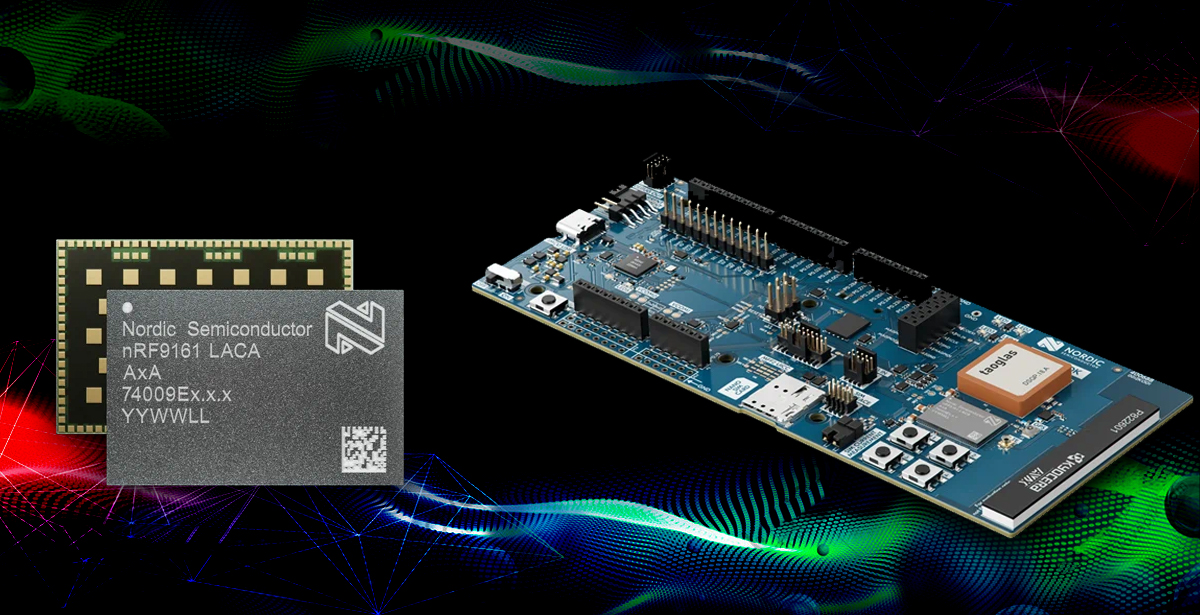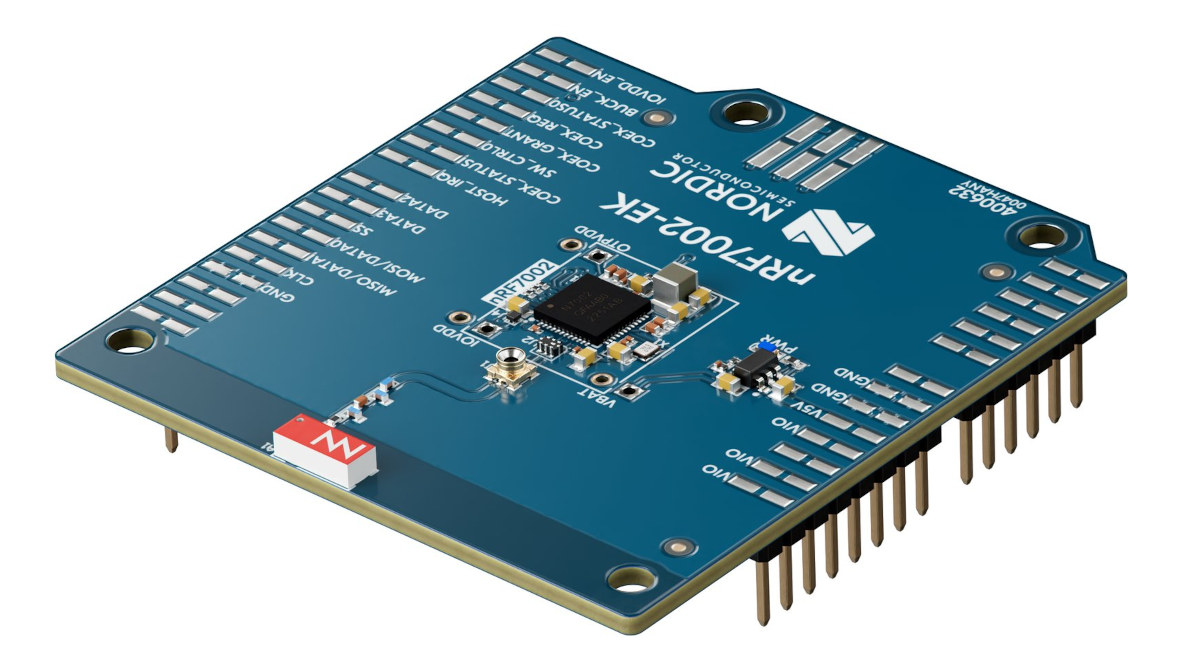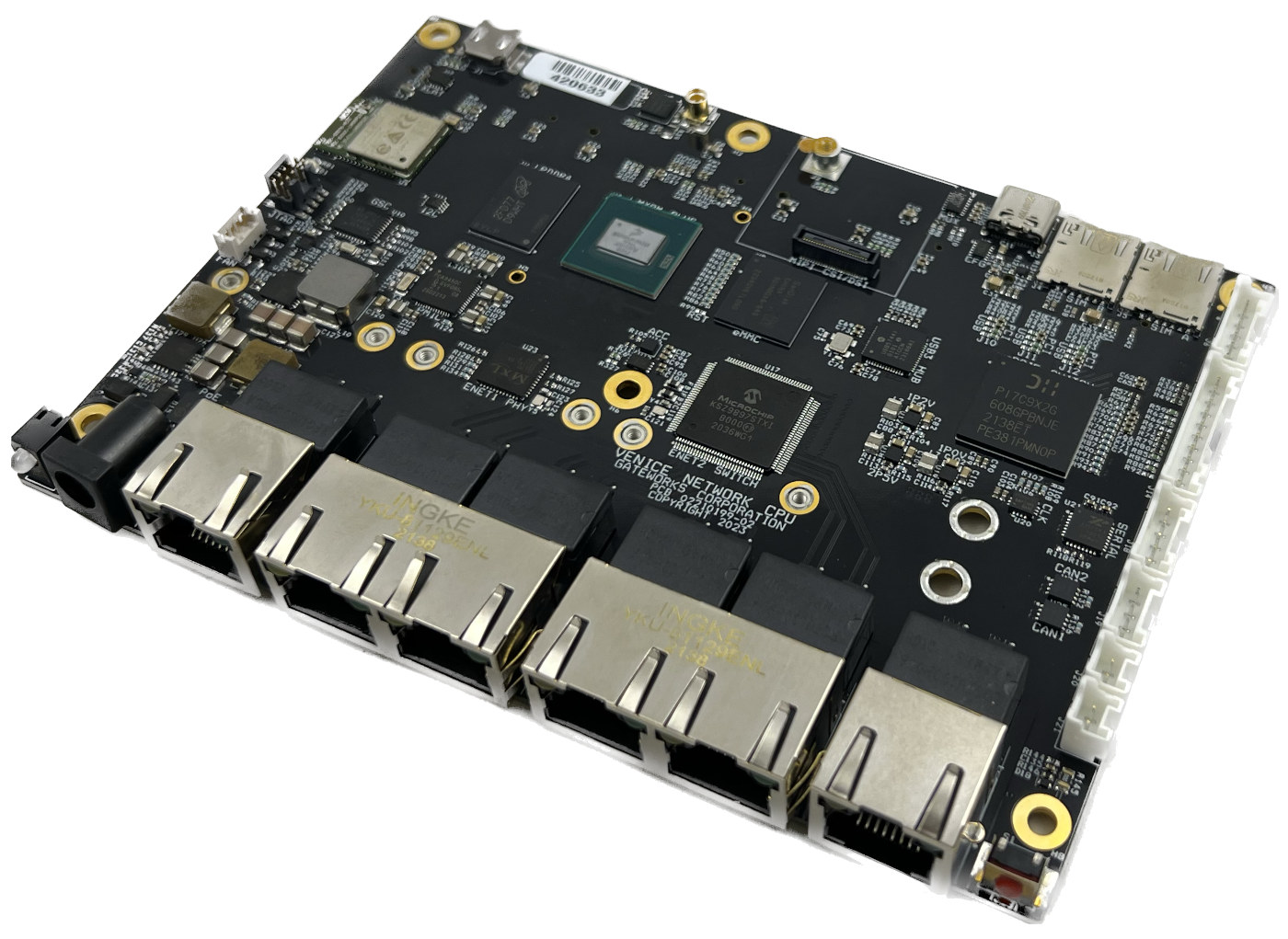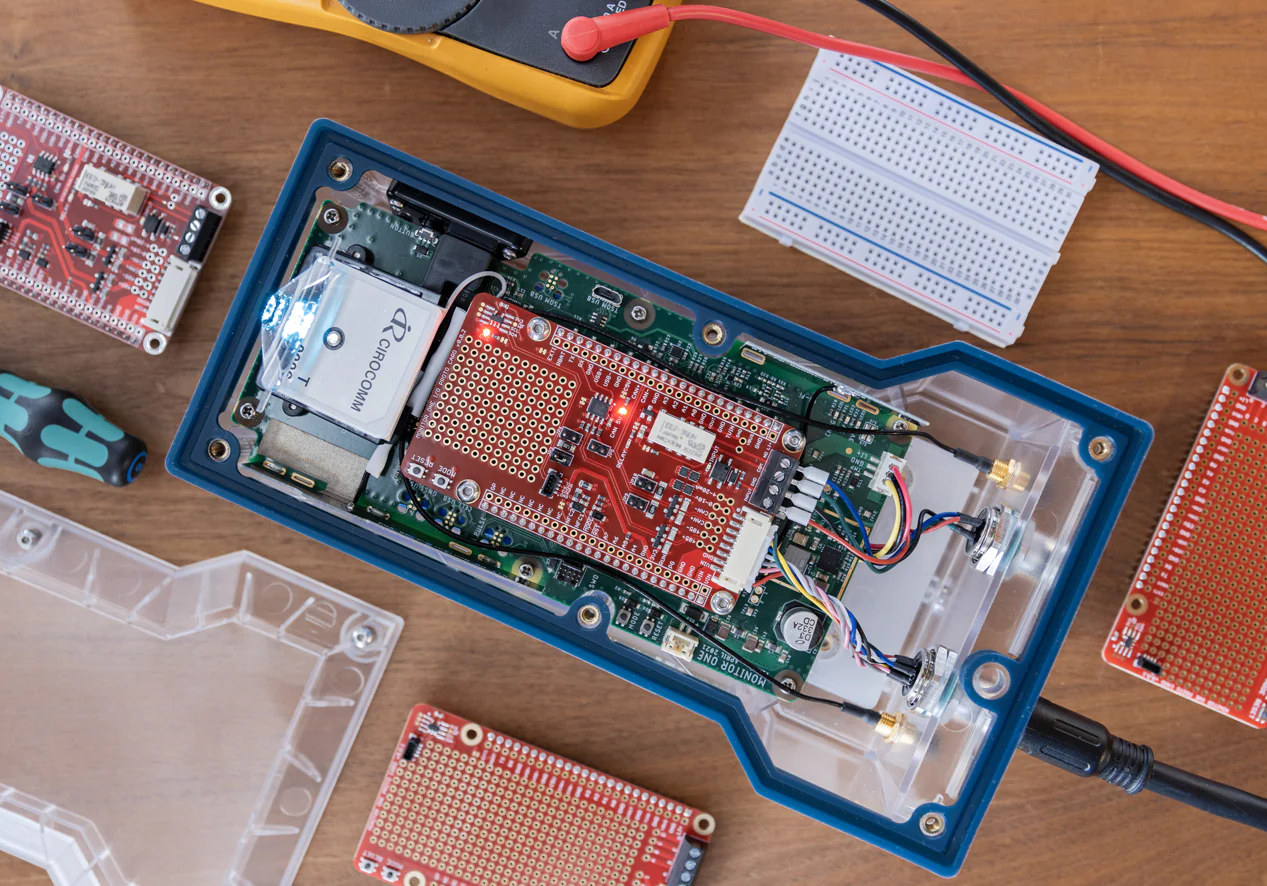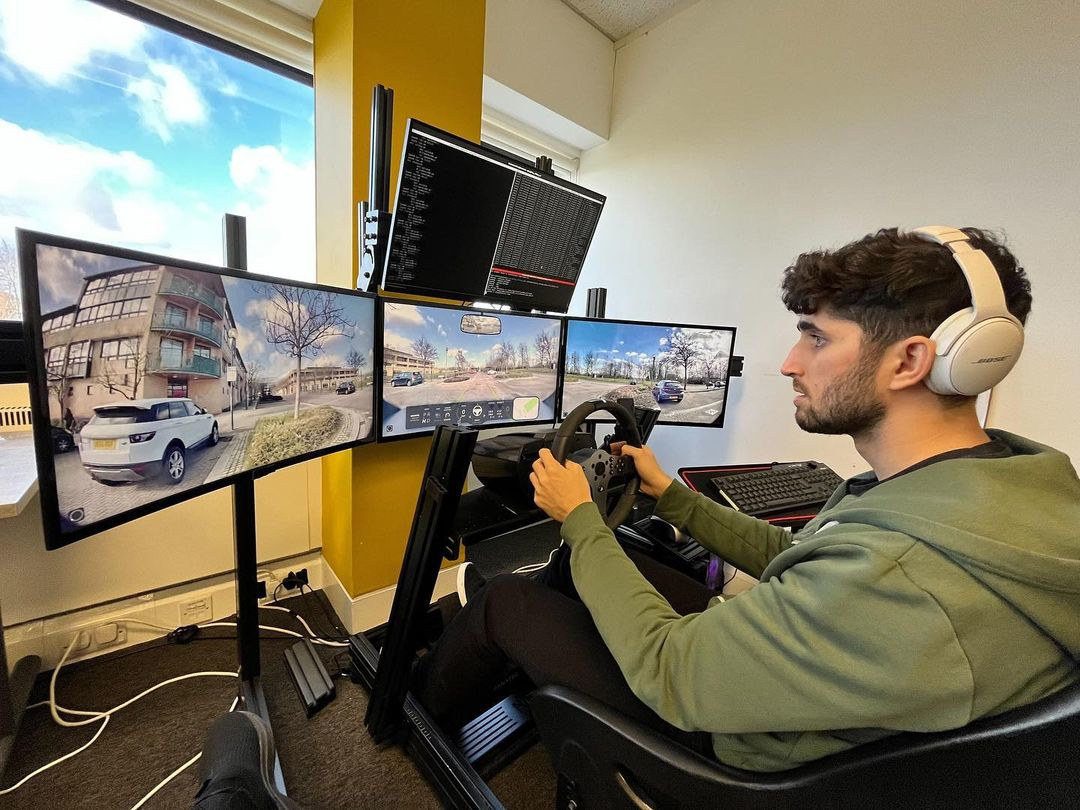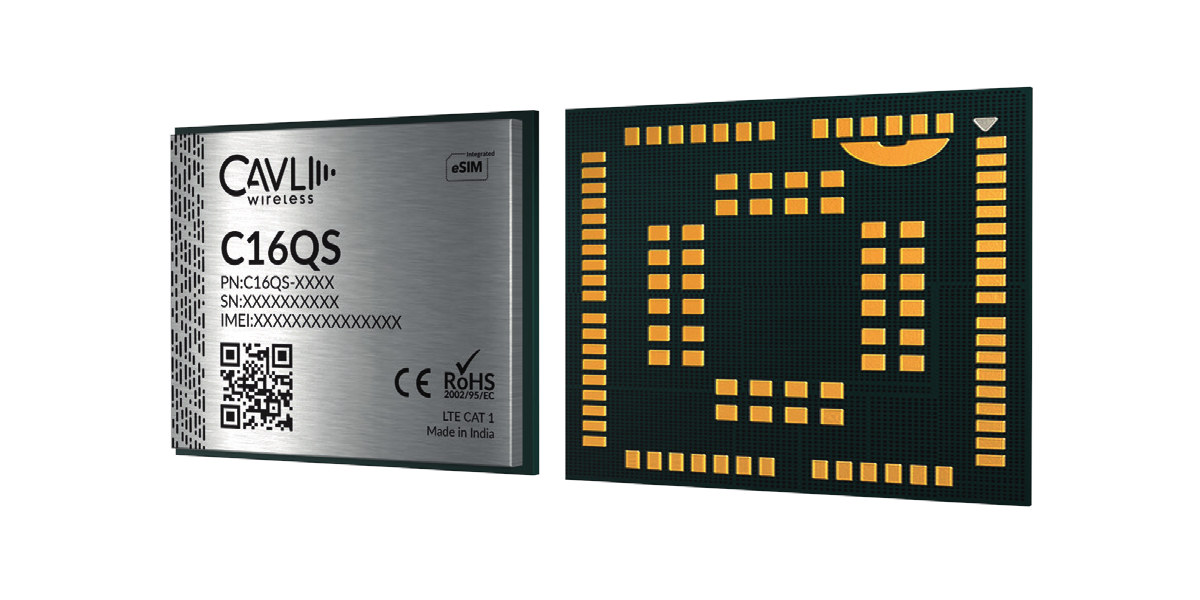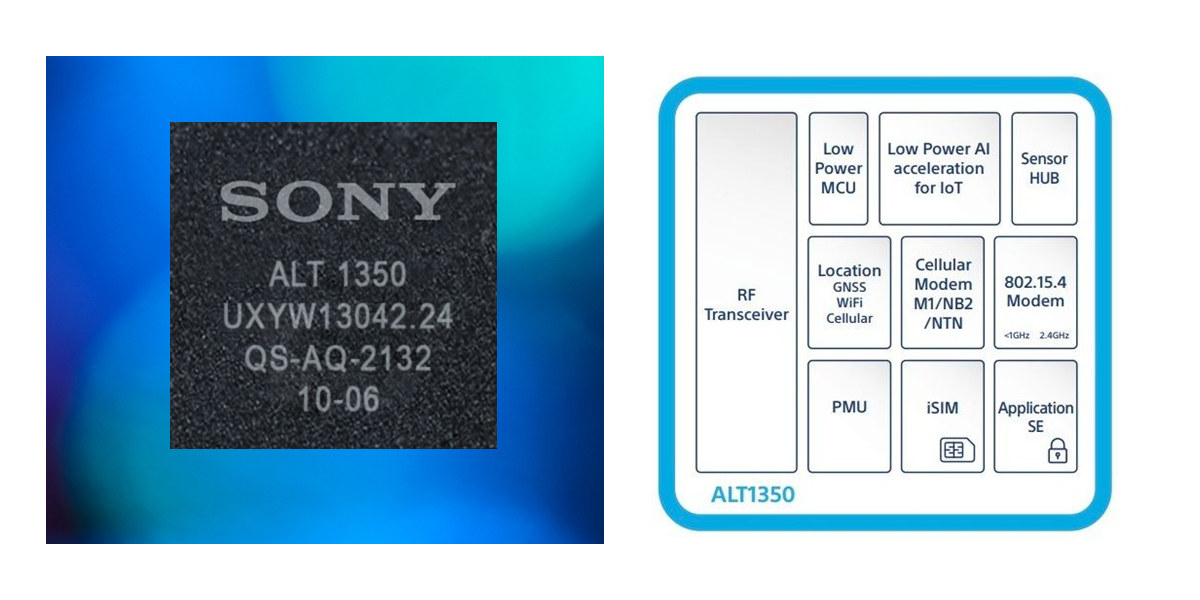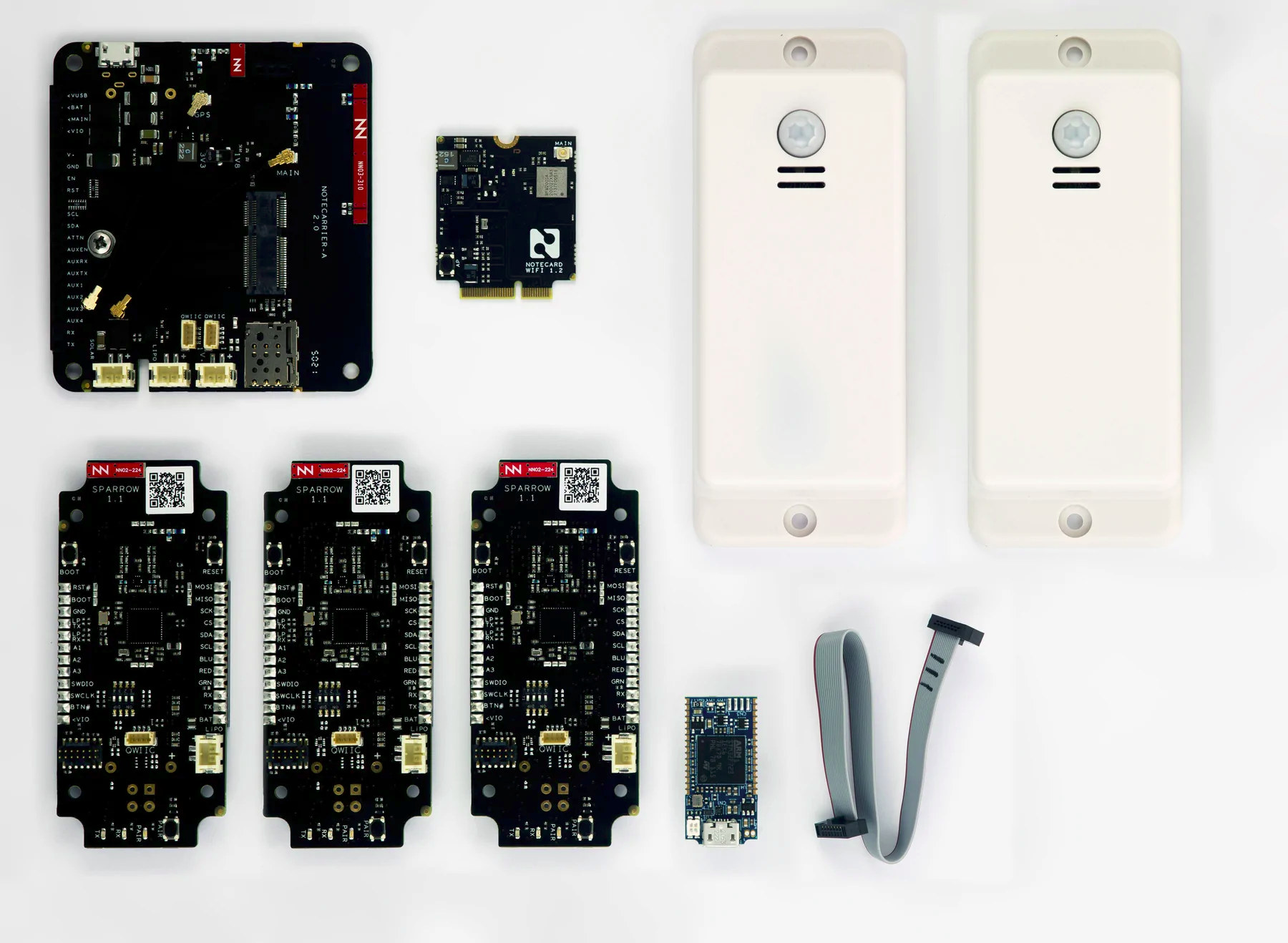Nordic Semiconductor recently announced the availability of the nRF9161 system in package (SiP) and pre-certified Development Kit designed to power both cellular IoT and non-cellular 5G technologies. This new device can connect to LTE-M, NB-IoT, and DECT NR+ networks while maintaining long battery life, better location tracking, and strong connectivity. Additionally, Nordic offers support through their nRF Connect SDK and the Nordic Developer Academy. The nRF9161 SiP is an improved version of the nRF9160 SiP, which has been the basis for various projects like the Actinius Icarus SoM DK, Conexio Stratus, nRF9160 Feather LTE IoT and GPS Board, Ruuvi Node, and many other projects. Feel free to check those out if interested. The press release mentions that this new chip is an update of the nRF9160 and includes features like an Arm Cortex-M33 processor, 1 MB flash, 256 KB RAM, along with SPI, I2C, UART, PWM, and a 12-bit ADC […]
Nordic introduces nRF7002 EK WiFi 6 Arduino Shield, nRF7000 SSID-based Wi-Fi locationing chip
Nordic Semi has launched the nRF7002 EK based on the company’s nRF7002 dual-band WiFi 6 IoT chip and in the form of an Arduino shield that works with other Nordic development kits such as the nRF52840 DK, nRF5340 DK, and nRF9160 DK, and separately, the company launched the nRF7000 SSID-based Wi-Fi locationing chip. nRF7002 EK Earlier this year, the company launched the nRF7002 DK, a complete development kit with the nRF7002 WiFi 6 chip and the nRF5340 dual-core Arm Cortex-M33 wireless microcontroller, but for developers who already own nRF devkits, they’ve now introduced the nRF7002 EK Arduino Shield. nRF7002 EK specifications: Wireless chip – Nordic Semi nRF7002 Dual-band Wi-Fi 6 (802.11ax) WiFi station mode Target Wake Time (TWT) 20 MHz channel bandwidth Antenna – 2.4 and 5 GHz antenna for WiFi SWF port for RF measurement Host interface – SPI or QSPI interfaces Dimensions – Arduino shield form factor The […]
Gateworks GW7400 networking SBC features 6 Gigabit Ethernet ports, M.2 & mini PCIe sockets for wireless connectivity
Gateworks Venice GW7400 is a rugged industrial single board computer for networking and gateway applications with six Gigabit Ethernet ports, and one M.2 and three mini PCIe sockets for WiFi, cellular, and other wireless options. We first mentioned the GW7400 board around three years ago, when the company introduced the Venice family powered by NXP i.MX 8M processor. But the board launched today has a different design with more Ethernet, an NXP i.MX8M Plus AI processor, up to 4GB RAM, up to 64GB eMMC flash, and various interfaces such as USB 3.0, dual CAN Bus, DIO, I2C, SPI, and UART. Gateworks GW7400 specifications: SoC – NXP i.MX 8M Plus CPU – Quad-core Cortex-A53 @ up to 1.6 GHz (industrial-grade) Real-time core – Arm Cortex-M7 @ up to 800 MHz GPU – Vivante GC7000UL 3D GPU, Vivante GC520L 2D GPU VPU – Up to 1080p60 video encoding and decoding AI accelerator […]
Monitor One – A customizable cellular IoT gateway for industrial equipment monitoring
Particle’s Monitor One Developer Edition is a customizable cellular IoT gateway for monitoring industrial equipment packaged in an IP67 rugged enclosure with reference firmware, and suitable for rapid prototyping with support for a range of I/Os and sensors, and even a prototyping area for to solder your own circuitry. Like the company’s earlier Tracker One asset tracker, the Monitor One is based on the Tracker SoM with a Nordic Semi nRF52840 Arm Cortex-M4 wireless SoC for Bluetooth connectivity, a Quectel LTE Cat M1 (North America) or Cat 1 with 3G and 2G fallback (EMEA), u-blox Neo-M8U GNSS module, and an ESP32 for WiFi location support. The new customizable cellular IoT gateway still integrates with the Particle IoT PaaS (Platform as a Service), and the company also provides developer tools. The Monitor One Developer Edition is comprised of the following items: Monitor One base model fitted with a Particle Tracker SoM […]
“Drive from Work” remote driving services are now a thing
I’ve been following autonomous cars’ progress for many years, but it’s taking longer to bring the technology to market than expected. So some companies are now offering “Drive from Work” services where they hire drivers that sit in an office to remotely drive passengers around. That seems insane, but that’s what Fetch does in the UK with their drivers remotely controlling cars from the head office using cellular network connectivity, 360-degree cameras, and a “workstation” with a steering wheel and pedals as well as four displays. It looks like a game, but this is real life… The service is now only offered in Milton Keynes, UK, and has been trialed for 18 months so far. This could pave the for cheaper drivers based overseas, but I suppose the lag is an issue as is the potential loss of connection, so the Hackaday article that informed us of this option also […]
Sub-$5 Cavli C16QS CAT1.bis cellular IoT module features Qualcomm QCX216 modem
Qualcomm QCX216 LTE IoT modem was announced at the end of last year as one of the first solutions supporting the new CAT1.bis standard enabling smaller, simpler, and cheaper modules with a single antenna design. This chip also integrates a WiFi scanner exclusively used for indoor positioning. Cavli Wireless C16QS CAT1.bis is one of the first cellular IoT modules based on the Qualcomm QCX216, and we now have a clearer idea of what “cheaper” means since the company says it will sell those for less than $5 to OEMs, although that price is likely in very high quantities, possibly 100k+ or one million pieces. Cavli C16QS specifications: Wireless IC – Qualcomm QCX216 with dual-core Cortex-M3 @ 204 MHz, cellular modem-RF Storage – 4 MB Cellular connectivity LTE CAT 1.bis based on 3GPP Release 14 Peak speeds – 10Mbps (DL), 5Mbps (UL) Bands EMEA: B1/B3/B5/B8/B20 North America : B2/B4/B12/B13/B66/B71 Integrated eSIM […]
Sony ALT1350 5G cellular IoT chip supports NTN connectivity, integrates sub-GHz and 2.4GHz radios
Sony ALT1350 is a new ultra-low-power 5G LPWA LTE-M/NB-IoT chip that supports Non-Terrestrial Networks (NTN) for satellite connectivity and also integrates sub-GHz and 2.4 GHz radios for short-range communication and improved efficiency. The chip is comprised of an Arm Cortex-M4 microcontroller core as well as an Arm Cortex-M0+ always-on core for sensors and will be upgradable to 3GPP Release 17 to support higher bitrates for Cat-M1 (eMTC) and Cat-NB2 (NB-IoT). It also implements GNSS, cellular and wifi-based location, supports AI acceleration, and embeds a secure element for secure communication. Sony ALT1350 specifications: MCU cores Arm cortex-M4 with 1MB NVRAM and 752KB RAM Arm Cortex-M0+ low power always-on sensing hub Memory & Storage I/F – Quad SPI flash and PSRAM Wireless Cellular 3GPP Release 15, future proof to support 3GPP up to 17 through SW upgrade CAT-M1: Up to 588 Kbps in DL, and 1119 Kbps in uplink (up to 1.2mbps […]
Sparrow is a sensor-to-cloud LoRaWAN solution based on STM32WLE5 microcontroller
Blues Wireless Sparrow is a LoRaWAN solution designed to connect a group of low-cost, low-power device sensors for shared data backhaul to the cloud. It is comprised of STMicro STM32WLE5 LoRa-based sensors whose data is then routed through the company’s Notecard-powered WiFi or cellular gateway and ultimately a cloud app hosted on AWS, Microsoft Azure, or other IoT cloud platforms. The company claims the Notecard and Sparrow solutions ease the development of IoT networks in a way that was previously only available “to sophisticated engineering firms”, and now Blues Wireless supports cellular, WiFi, and LPWAN technologies. Let’s have a look at the “Sparrow Essentials” board specifications first: Wireless SoC – STMicro STM32WLE5+ Arm Cortex-M4F microcontroller @ 48MHz with 256KB Flash, 64KB of SRAM, Semtech SX126x LoRa transceiver I/Os Breadboard compatible 2.54mm headers with digital and analog I/O, I2C, UART, and SPI Qwiic Connector Debugging – JTAG (SWD capable) debug jack […]


